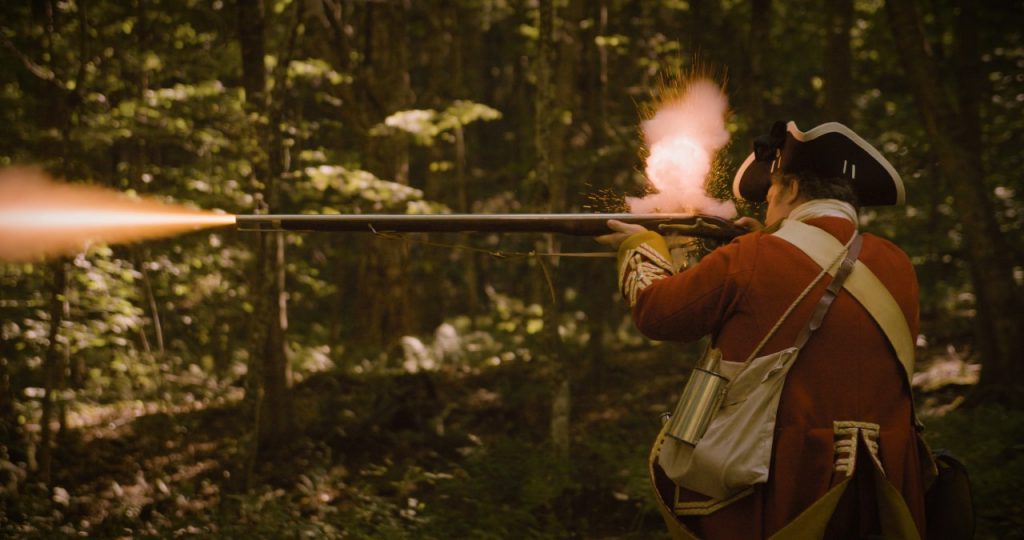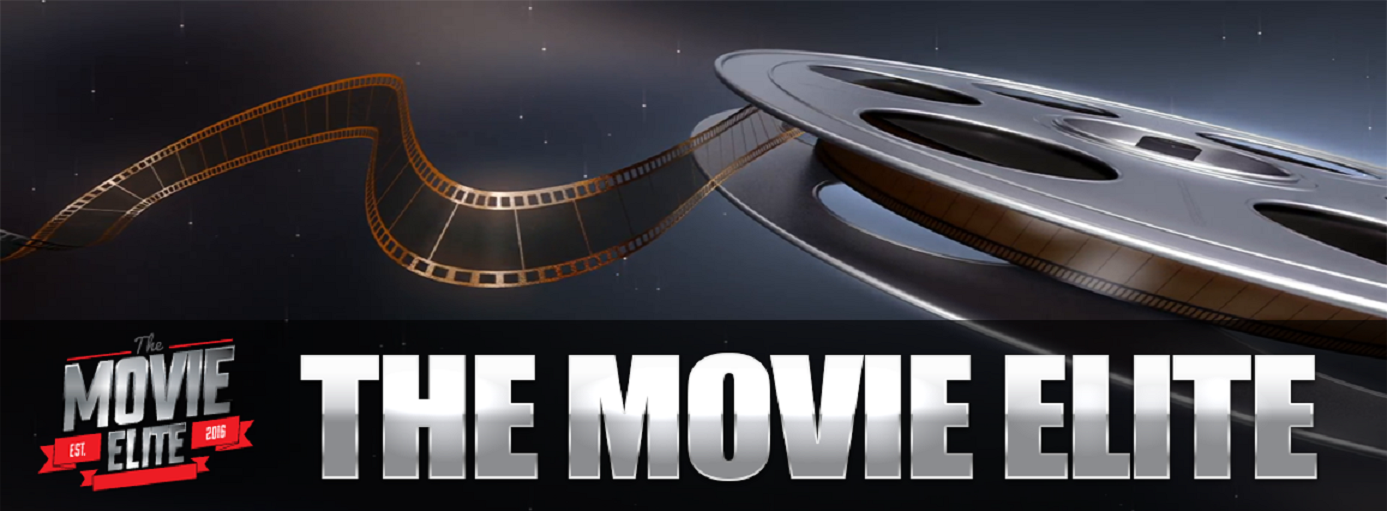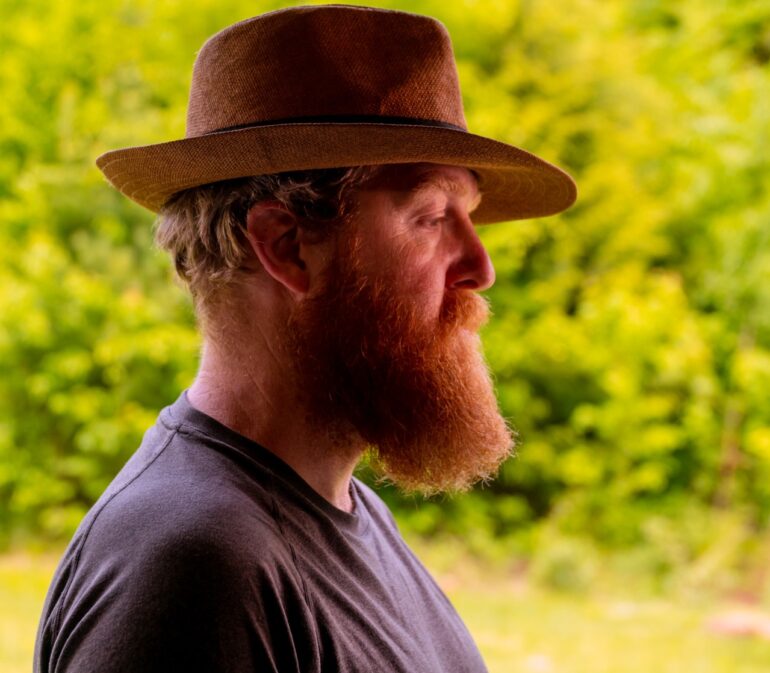The Siege of Fort William Henry is the real tale behind Michael Mann’s The Last of the Mohicans.
William Henry was a British fort on Lake George, the New York frontier, during the French and Indian War. In 1757 a French army of 9,000 men, including almost 2,000 of their American Indian allies, laid siege to the fort. Over several days the French cannons bombarded the fort, while the Indians harassed the men in the adjacent encampment. After 6 days the siege came to an end. The British and colonials in the Fort and adjacent encampment flew the white flag and surrendered. The following day the Indians attacked the surrendered British troops in what has become an infamous massacre. These events inspired author James Fenimore Cooper to write “the Last of the Mohicans.” The siege of Fort William Henry being the backdrop to his novel. This film recounts the events through journals and letters of men who were at the Siege. A report from Colonel Joseph Frye, the Journals of the French General Montcalm, his aide de camp, and many others bring the historic events to life. Hear the story from men on both sides of the Siege of Fort William Henry.
We spoke to director Erik Swanson.
When did this project come to be?
I made the documentary between June of 2020 and June 0f 2021. Part of my objective when I started was to finish it in under a year. I was able to just barely make my self imposed deadline.
And the inspiration? I imagine it started with a fascination with history or Last of the Mohicans and spiralled from there?
I first learned about Fort William Henry from The Last of the Mohicans, which is my favorite movie. I have always been into history, and enjoy reading about what actually happened in movies that are set in the past, so that was my initial introduction to the topic.
I also love history documentaries. Years ago I used to watch the History channel all the time, but their programming of actual history has seriously declined. Ultimately, I decided that I would make the kind of documentary that I wanted to see. The Siege of Fort William Henry felt like the perfect fit.
Where do you start with a doc like this? Lining up interviewees?
I started with researching the history. I read as much as I could, and tried finding historic documents related to the siege. I did line up interviewees fairly early on as well. This turned out to be helpful, because some of them were able to steer me toward aspects of the story that I hadn’t learned about yet.

How much research goes into such a project?
There was quite a bit of research involved. I spent months searching for old maps, historic journals and letters, and original plans of Fort William Henry. The bulk of my research was done early on, but I did continue research throughout the whole filmmaking process, just to make sure I hadn’t missed anything that could be included in the documentary.
Did you learn things along the way you had no idea about?
I think the biggest take away for me was how much modern military and warfare were influenced by the time period. Many things like sharp shooting, guerilla tactics, and special forces can be directly traced back to the French and Indian War. These were all directly influenced by the combat tactics of Native Americans, which were adopted by colonials in Canada, and New England.
Robert Rogers, wrote a series of “rules” for his Ranger company, which are still taught in the military today.
If an awards ceremony were going to show a moment from the film, what moment would you ask them to play?
I would probably opt for the segment on August 6, the 4th day of the siege. I think that is a really strong section and demonstrates the full scope of the film. There are filmed reenactments, animations, narration and great voice acting reading sections from the historic journals.
I think this section would give viewers a good impression of the overall documentary.
Order the DVD : https://eks.tv/product/the-siege-of-fort-william-henry-dvd/
Thanks for taking the time to chat with me. Hopefully we can talk again.

